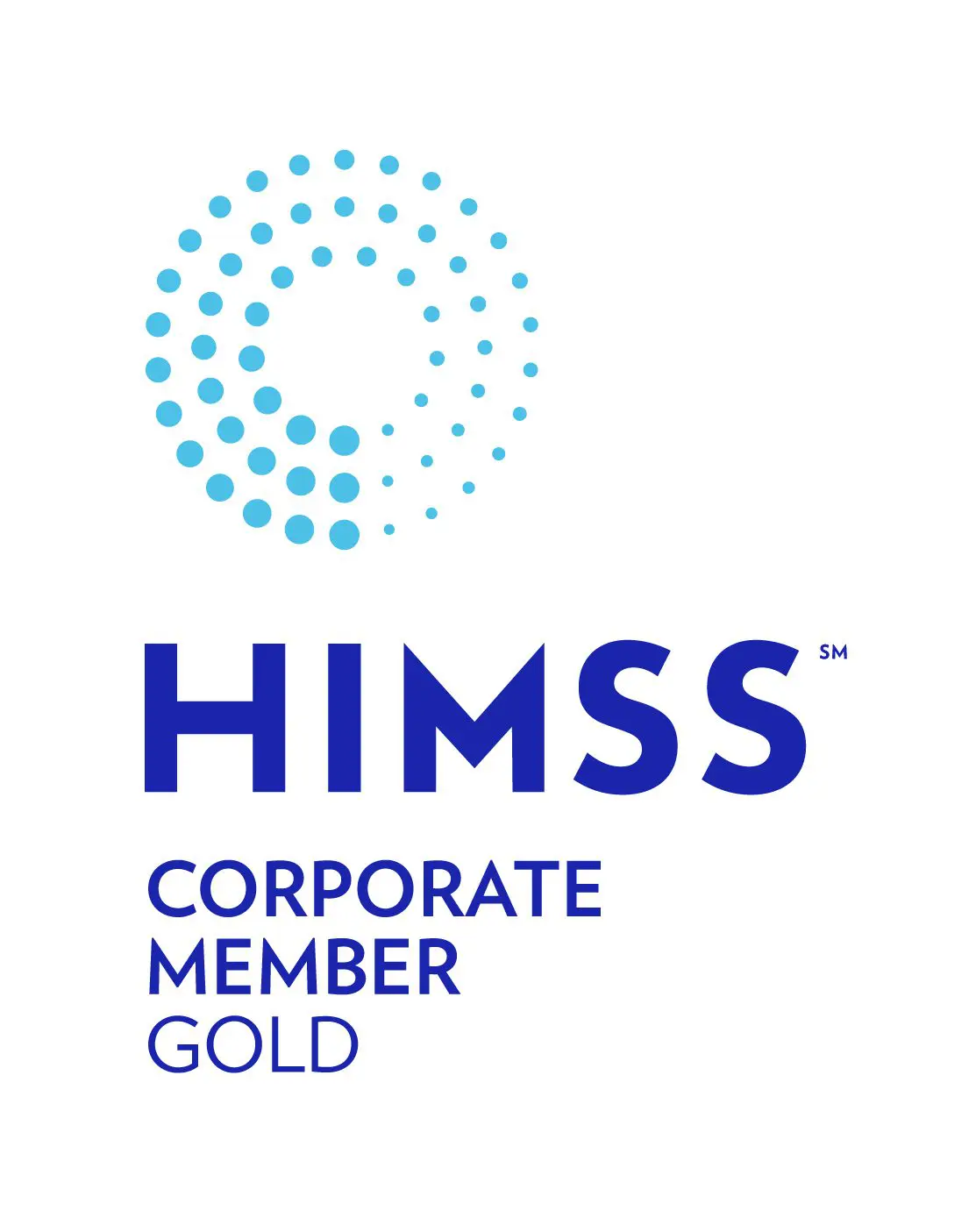
“Abandoned” legacy data left in old EMR/EHRs can create a lot of challenges. While the data is not officially abandoned, leaving it in read-only mode in disparate application silos is risky. In a survey of Chief Information Officers (CIOs) at healthcare provider organizations, 94 percent shared they still use legacy systems. It is important to be aware of the risks involved in leaving old systems up-and-running to house data that must be preserved.
Avoiding properly addressing legacy data comes with risks. Here are nine examples.
- Increased exposure to cyberattacks. Legacy applications are the most targeted for breaches as they are considered weak links. These applications are easier for attackers to gain entry because they can lack modern security tools. Plus, vendors often have stopped providing support and no longer offer security patches. Unpatched vulnerabilities are linked to 60 percent of data breaches.
- Data loss. Systems created long ago may not be equipped to manage large volumes of data which can lead to slow processing and even data loss. Data loss also can occur when data is accidentally deleted or overwritten and can’t be recovered.
- Technical failure. Outdated applications can be difficult to update and maintain. This can lead to errors, downtime, and an absence of the right technical staff with knowledge of the legacy system. Aside from complete failure, having multiple outdated applications can bog down every step of data retrieval and cause delays that impact business operations and ultimately the bottom line.
- Lack of access. Data stored in multiple disparate silos makes records complicated to access. This affects clinical, HIM, legal, HR, billing and other departments who rely on accessing clinical, financial and business records to fulfill their roles. Patients must try and remember all their medications, problems and historical information. Clinicians are burdened to try and access historical records by logging into multiple systems. HIM, legal and billing departments face workflow and technical issues. The list goes on.
- Unnecessary cost. In an era of cost consciousness, maintaining and licensing two or more HIPAA-compliant record sets (old and new) is not efficient or necessary. Contract costs add up quickly.
- Impaired interoperability. Many older systems were designed before digital interoperability (record sharing) was a priority. They may not be equipped to communicate with other systems, which results in gaps in data exchange and business setbacks.
- Compliance violations. Data privacy legislation such as HIPAA requires organizations to take appropriate measures to protect against security risks. This means that using outdated hardware and software could be considered non-compliant.
- Steep penalties. Healthcare records must be secure and produced within a given timeframe, or the organization could be fined for non-compliance with HIPAA as well as face reputational damage. There are four tiers of HIPAA penalties that range from a few thousand to more than $2 million dollars as the current maximum annual penalty limit.
- Future problems. Compounding the number of applications and complexity of an organization’s IT footprint is like kicking a problem down the road. Eventually, there is a reckoning, and it could be harder to fix when there are even more applications and data involved. Check out this case study which highlights the challenges involved in working with a plan for 3,000 legacy clinical, financial and business applications stored in 13 data centers.
Mitigate risks with a solid legacy data management strategy.
When an organization transitions to a new EHR or EMR, there are 10 things to consider to support a successful implementation.
One key step is to determine what to do with legacy data which involves an application rationalization strategy to make the historical records available, searchable, releasable, and interoperable. This helps coordinate the data for all stakeholders and helps ensure compliance with the 21st Century Cures Act.
A legacy data management strategy can help reduce the risks, labor burden and cost of maintaining out-of-production software applications post transition.
The Harmony Healthcare IT team helps healthcare delivery organizations manage data. Our suite of data management solutions supports current and future interoperability requirements. We have experience with more than 550 clinical, financial and administrative software brands used in healthcare delivery organizations of all sizes.
We can help reduce the risks and secure legacy data with our active archive solution, HealthData Archiver®.






